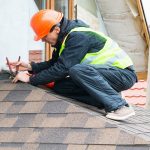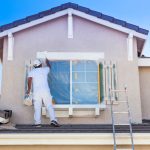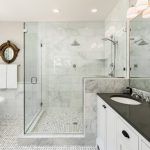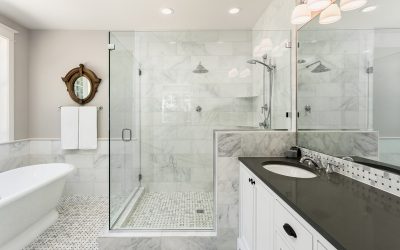Basement Waterproofing in Charlotte, NC is a key concern among those who have a basement. It’ll make it one of the most critical elements of home-planning, design and architecture. Basement waterproofing is different from waterproofing additional parts of a home because the basement is probably surrounded by damp soil on every side.
Why should you waterproof your Basement?
Not only may water passing through basement walls lead to permanent damage to a structure, it may destroy your home along with all furnishings inside. Furthermore, destruction to the basement structure is expensive and difficult to fix. It’ll make prevention the smarter option. Another point to be alert to is that since the basement typically doesn’t get direct sunlight, it’s the perfect space for mildew and mold to breed if there’s enough moisture. The fungus won’t only lead to foul odors, yet it may spur disease and allergies inside the home. Contact Dry Otter Waterproofing. We ensure your home stays in great condition with our waterproofing services! Get a free estimate today!
The ideal approach includes waterproofing basements during the time they’re built. However, this does not always happen. If the property has any cracks inside the basement walls, moldy basement interiors, problematic plumbing system, or high humidity levels, your basement ought to be waterproofed as soon as you can get it done.
Kinds of Systems for Basement Waterproofing
The option of basement waterproofing systems will depend upon various factors such as the cause of seepage, the home’s structural condition, as well as environmental conditions. Considering your requirements, you likely will select from three systems to waterproof your basement.
Tanking includes a process involving coating the exterior walls of a basement using a material that water-resistant. This basement waterproofing method has to be accomplished in the initial construction stage of a home. Because it’s applied from the start, it usually works well for many types of seepage.
A cavity drainage system includes the application of plastic honeycomb coating upon the ceiling, floors and walls. This sloping or ridged surface will assist in re-routing all seepage to a drainage system and not permit moisture to “stand” for a long period of time. Cavity drainage systems include pumps dependent upon electricity supply and thereby might encounter electrical issues over time.
Lastly, the outer foundation drain includes a modified drainage system installed on the outside walls. It’ll work to re-direct water on the ground away from walls.








